Life is not always easy. People are not always nice. While we can’t avoid life. We can avoid people. Sometimes. One way to do this is to stay home and scroll through social media. We might have found the perfect place for you to visit during your self-imposed social distancing.
Instagram page x__antisocial_butterfly__x has over 2 million followers and has shared thousands of memes since it started. From the funny to the infuriating, there should be something for anyone who is sick of being a social butterfly. Keep scrolling to see our top picks. And don’t forget to upvote the ones you find painfully relatable.
#1
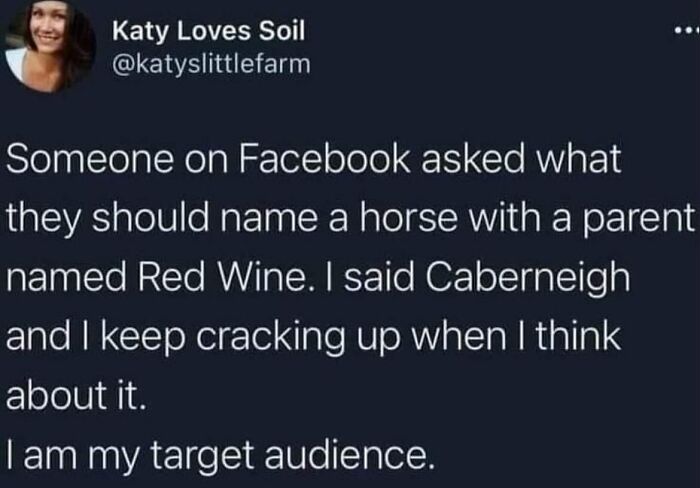
Image credits: x__antisocial_butterfly__x
#2
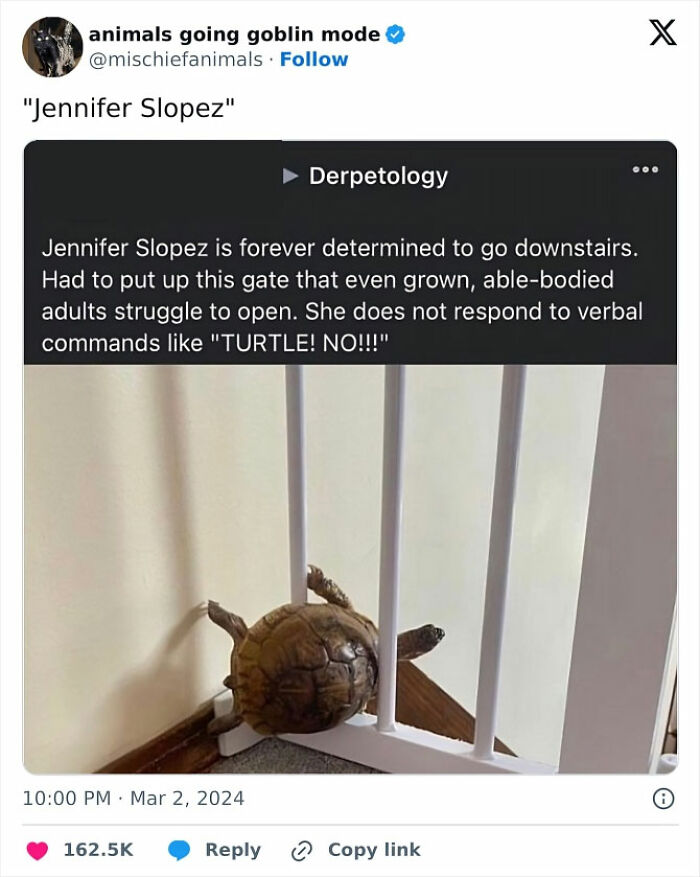
Image credits: mischiefanimals
#3
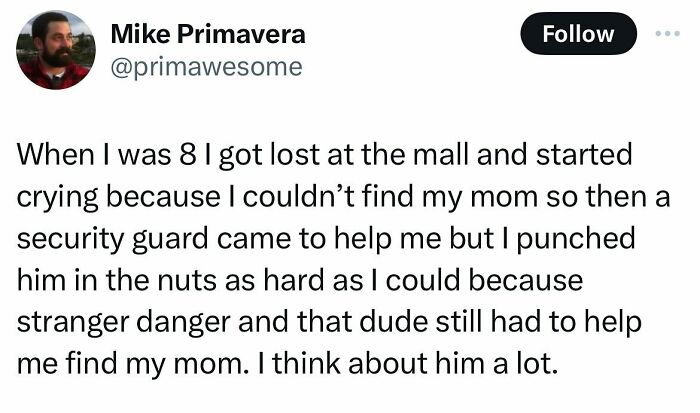
Image credits: x__antisocial_butterfly__x
Many of us have been there. It’s Friday night, and we’ve made plans to go out with friends. Suddenly we realize we just don’t feel like being around people. Or, we don’t like people. Not tonight anyway. So, we stay in. It happens again on Saturday. And on Sunday. Maybe even the next weekend too. We might be called anti-social. But we probably aren’t.
The words “antisocial”, “asocial” and “introverted” are often used interchangeably in everyday life. But in the world of psychology, each has a very different meaning. Here’s how Healthline breaks it down: “Asocial people prefer to be alone, while antisocial people are actively against others and may lack empathy. Introverts, meanwhile, gain most of their energy from their inner world.”
#4

Image credits: x__antisocial_butterfly__x
#5
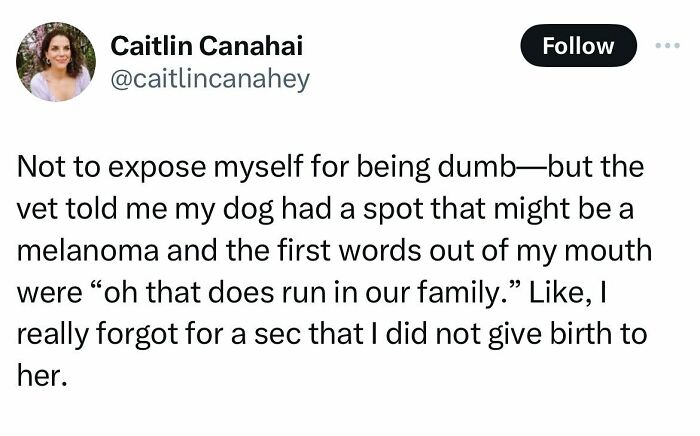
Image credits: x__antisocial_butterfly__x
#6
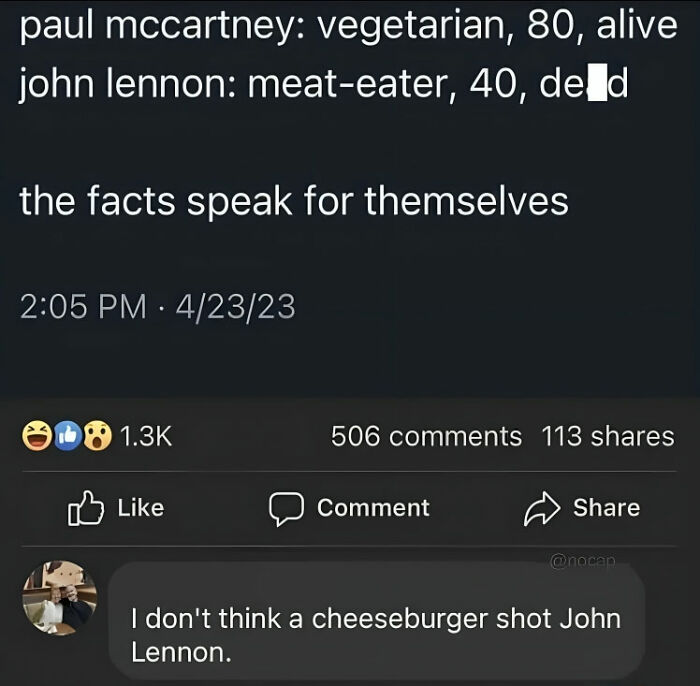
Image credits: x__antisocial_butterfly__x
Only about 1% of women and 3% of men are truly antisocial. If we’re going by the clinical definition of the word. Antisocial behavior runs a lot deeper than what some people might think. It’s not about not wanting to be around others. It’s not about preferring our own company. It’s not about getting anxious in social situations. And it’s not about never going out.
#7

Image credits: x__antisocial_butterfly__x
#8

Image credits: x__antisocial_butterfly__x
#9

Image credits: x__antisocial_butterfly__x
You might have heard of Ted Bundy. One of America’s most notorious serial criminals. He terrorized dozens of women to death in the 1970s. His crimes have made it into several movies and books. His mind has been studied by psychiatrists. The title of Netflix’s 2019 movie about him says it all: “Extremely Wicked, Shockingly Evil and Vile“. Bundy was a psychopath.
#10

Image credits: x__antisocial_butterfly__x
#11

Image credits: x__antisocial_butterfly__x
#12

Image credits: x__antisocial_butterfly__x
In the psychiatric world, “psychopath” is not an official diagnosis. According to Healthline, it’s “an informal term often used for a condition called antisocial personality disorder (ASPD)”. And because the word “antisocial” is in the title of the disorder, it can get a bit confusing.
#13

Image credits: x__antisocial_butterfly__x
#14

Image credits: x__antisocial_butterfly__x
#15
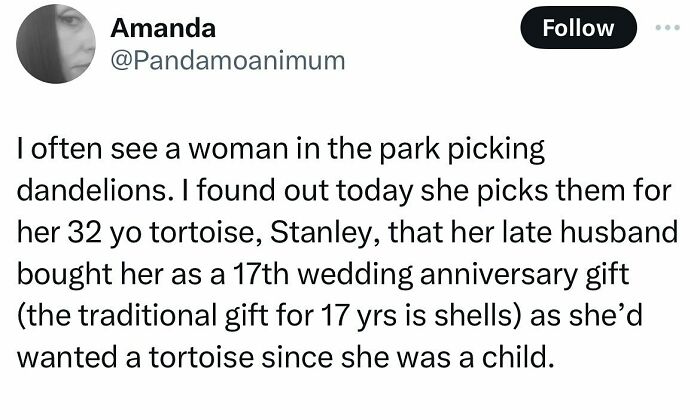
Image credits: x__antisocial_butterfly__x
Dr. Prakash Masand is co-founder of the Centers of Psychiatric Excellence. He told Healthline, “Most people might assume this describes someone who is reserved, a loner, keeps to himself, etc. However, this is not the case in ASPD. When we say antisocial in ASPD, it means someone who goes against society, rules, and other behaviors that are more commonplace.”
#16
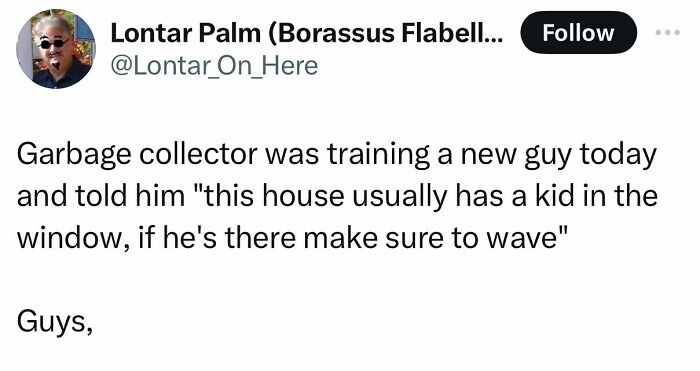
Image credits: x__antisocial_butterfly__x
#17
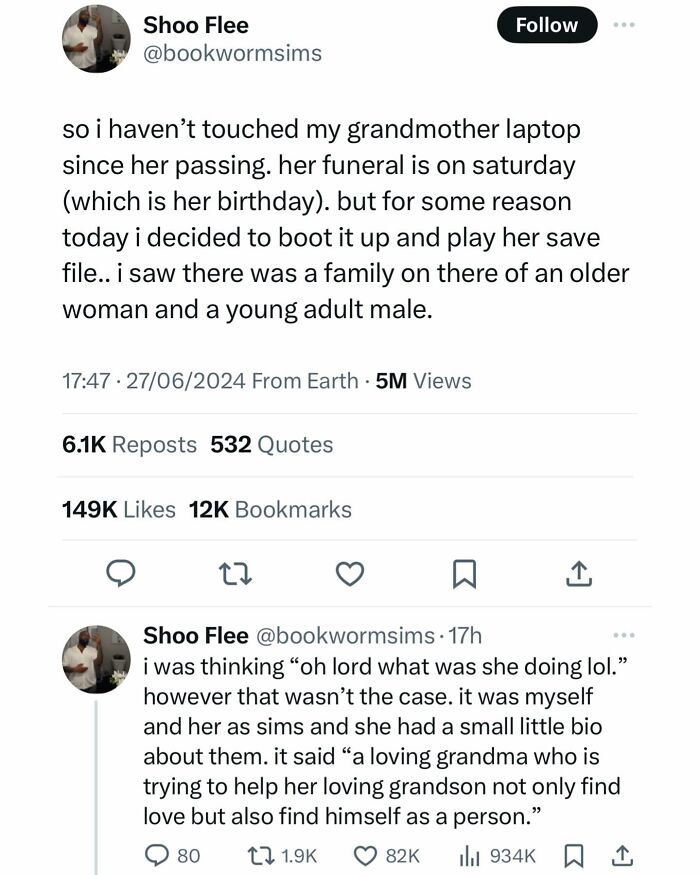
Image credits: x__antisocial_butterfly__x
#18

Image credits: x__antisocial_butterfly__x
So what is ASPD? Healthline defines it as “a mental health condition involving longstanding patterns of manipulation and disregard for others.” Adding that those with ASPD often “don’t care if they break the law. They may lie and place others at risk without feeling any remorse.”
Science Direct notes “affected individuals may use an alias instead of their real name, and do anything they wish in order to achieve money, power, or sex. Their impulses do not allow for planning ahead or considering the consequences of their actions, as well as the safety of others and themselves.” Click here for more Bored Panda mental health content.
#19

Image credits: x__antisocial_butterfly__x
#20

Image credits: x__antisocial_butterfly__x
#21
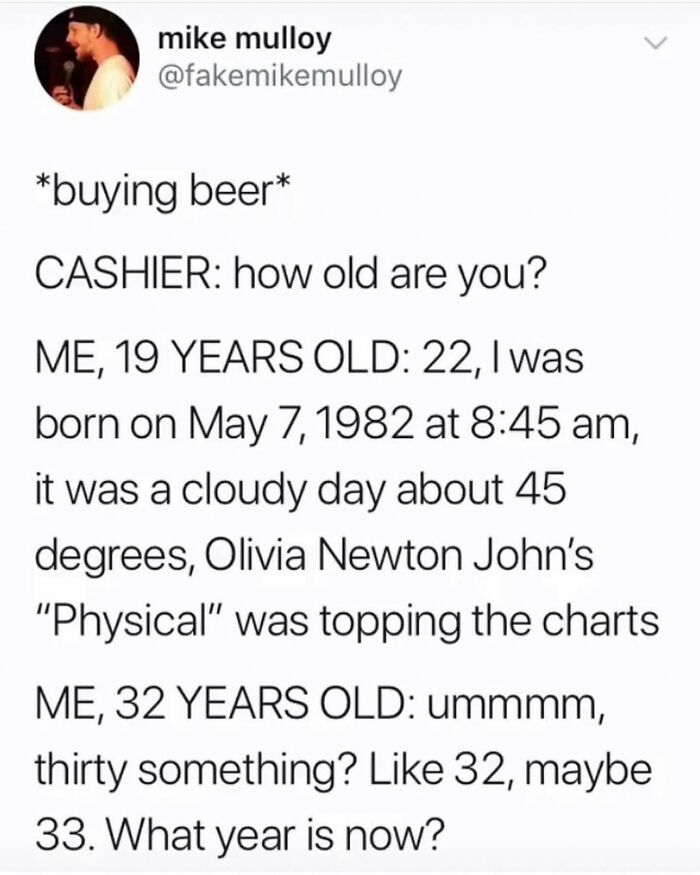
Image credits: x__antisocial_butterfly__x
The Cambridge Dictionary describes a “social butterfly” as someone who “likes to attend parties and other social events, often not having serious relationships with other people.” While the Urban Dictionary definition of “anti-social butterfly” is: “a term that is used when a social butterfly has been put into enough situations or trauma to become anti-social. This means they want to be social but feel like they can’t or shouldn’t for several reasons.”
The same site describes itself aka “urban dictionary” as “a place for you to lie about the amount of sexual knowledge/experience you have.” And we felt that was important to note since all these terms can get a bit confusing.
#22
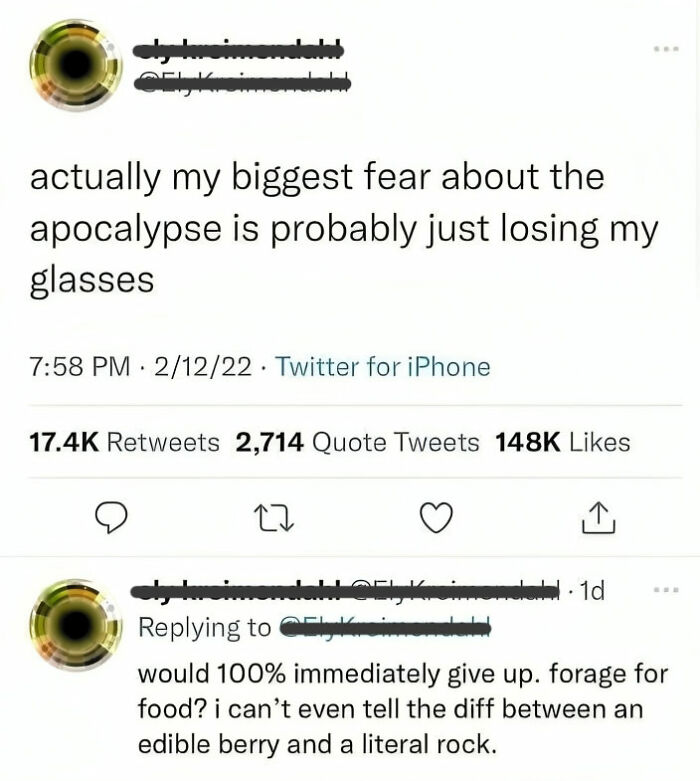
Image credits: x__antisocial_butterfly__x
#23
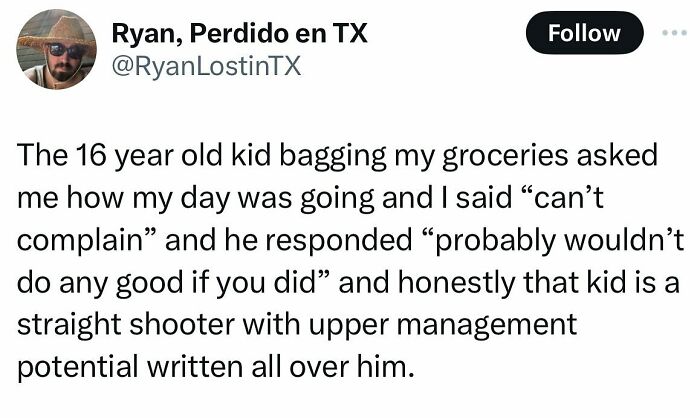
Image credits: x__antisocial_butterfly__x
#24
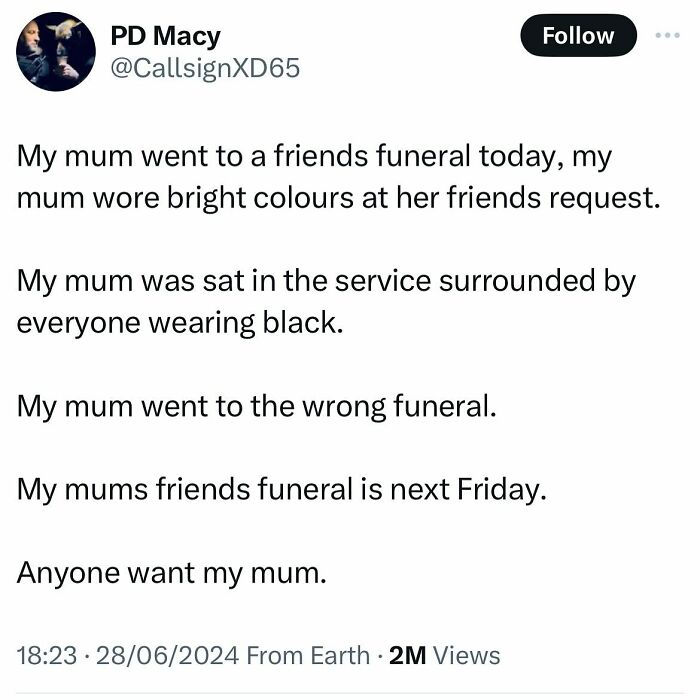
Image credits: x__antisocial_butterfly__x
The next time someone calls you “antisocial”, you have every right to correct them. And feel free to school them with some of the terms you’ve read about today. There’s nothing wrong with not wanting to be around people. Or not liking them. Sometimes. But if you, or someone you know, might have ASPD, reach out to a qualified mental health professional.
What’s your definition of antisocial butterfly? Are you one? Let us know in the comments.
#25
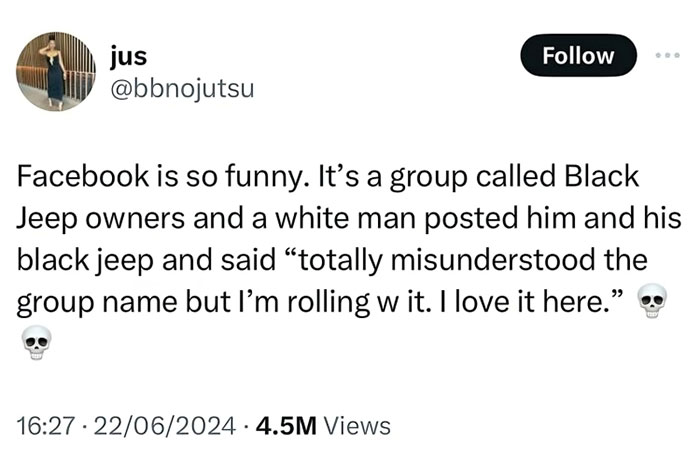
Image credits: x__antisocial_butterfly__x
#26

Image credits: x__antisocial_butterfly__x
#27

Image credits: x__antisocial_butterfly__x
#28
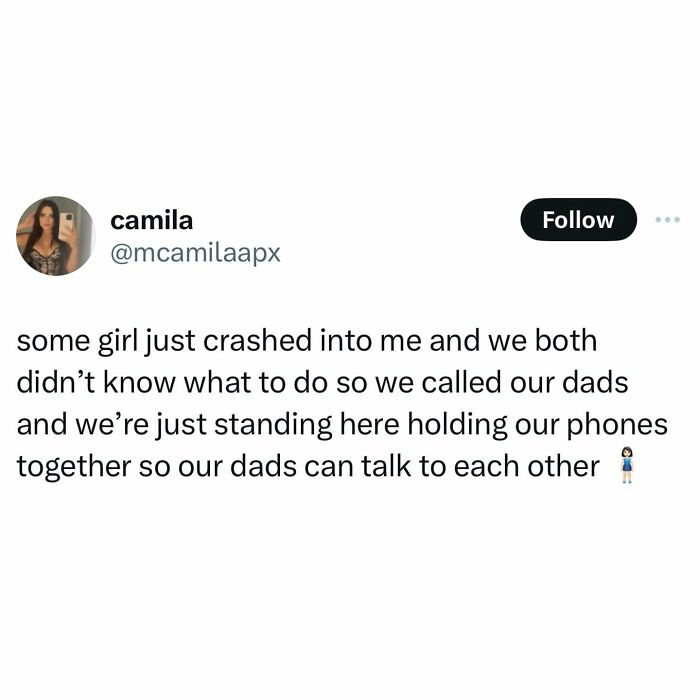
Image credits: x__antisocial_butterfly__x
#29

Image credits: x__antisocial_butterfly__x
#30

Image credits: x__antisocial_butterfly__x
#31

Image credits: x__antisocial_butterfly__x
#32

Image credits: x__antisocial_butterfly__x
#33
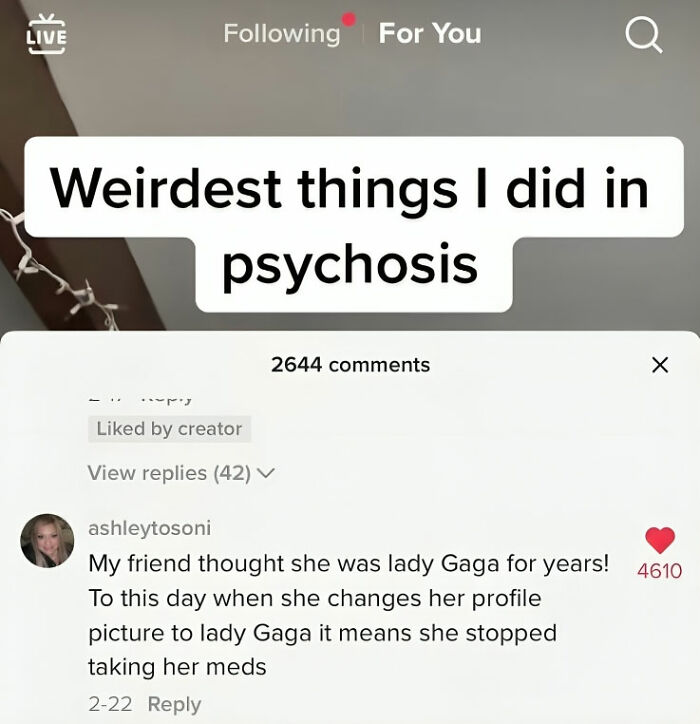
Image credits: x__antisocial_butterfly__x
#34

Image credits: x__antisocial_butterfly__x
#35

Image credits: x__antisocial_butterfly__x
#36

Image credits: x__antisocial_butterfly__x
#37
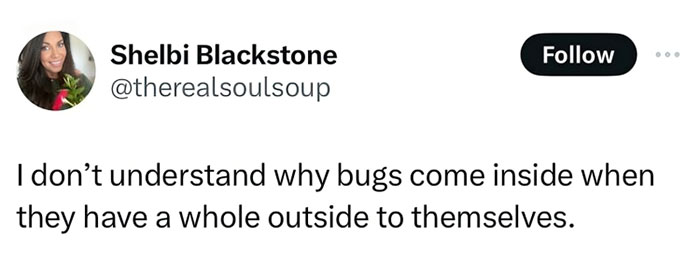
Image credits: x__antisocial_butterfly__x
#38
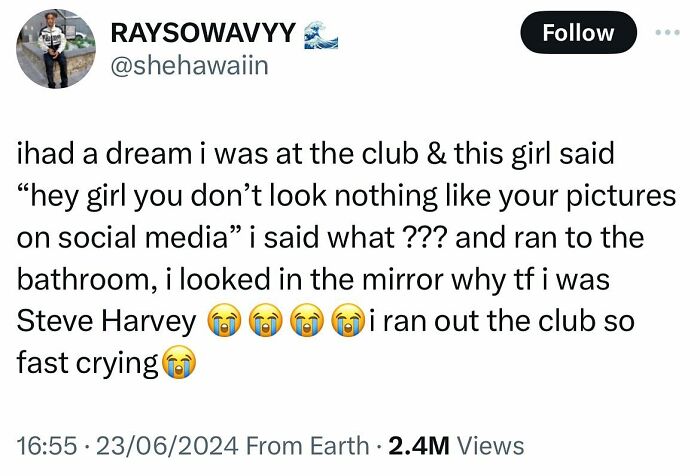
Image credits: x__antisocial_butterfly__x
#39

Image credits: x__antisocial_butterfly__x
#40

Image credits: x__antisocial_butterfly__x
#41

Image credits: x__antisocial_butterfly__x
#42

Image credits: x__antisocial_butterfly__x
#43

Image credits: x__antisocial_butterfly__x
#44

Image credits: x__antisocial_butterfly__x
#45

Image credits: x__antisocial_butterfly__x
#46
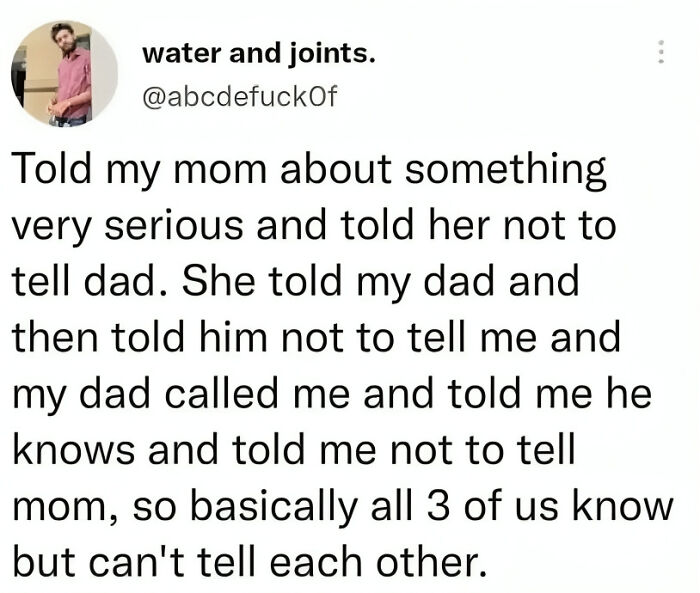
Image credits: x__antisocial_butterfly__x
#47

Image credits: x__antisocial_butterfly__x
#48

Image credits: x__antisocial_butterfly__x
#49

Image credits: x__antisocial_butterfly__x
#50
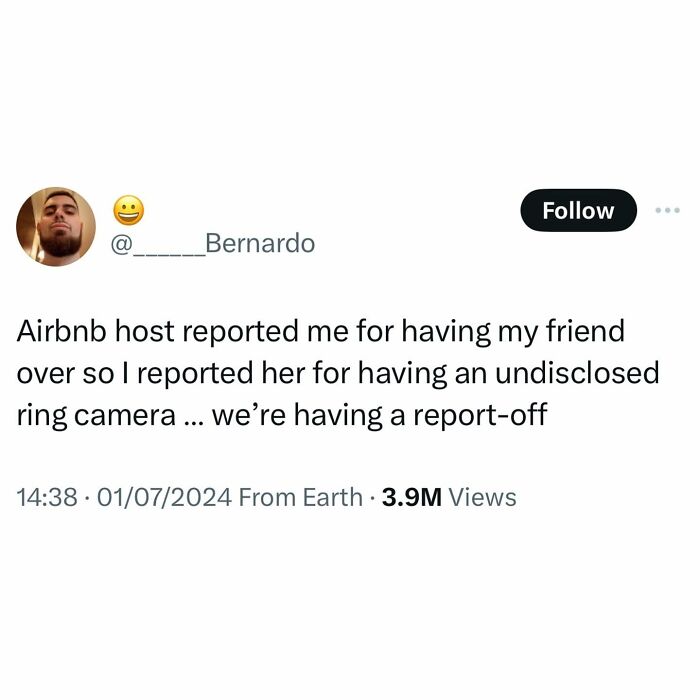
Image credits: x__antisocial_butterfly__x
#51

Image credits: x__antisocial_butterfly__x
#52

Image credits: x__antisocial_butterfly__x
#53

Image credits: x__antisocial_butterfly__x
#54

Image credits: x__antisocial_butterfly__x
#55

Image credits: x__antisocial_butterfly__x
#56

Image credits: x__antisocial_butterfly__x
#57

Image credits: x__antisocial_butterfly__x
#58

Image credits: x__antisocial_butterfly__x
#59

Image credits: x__antisocial_butterfly__x
#60

Image credits: x__antisocial_butterfly__x
Go to Source
Author: Shelly Fourer